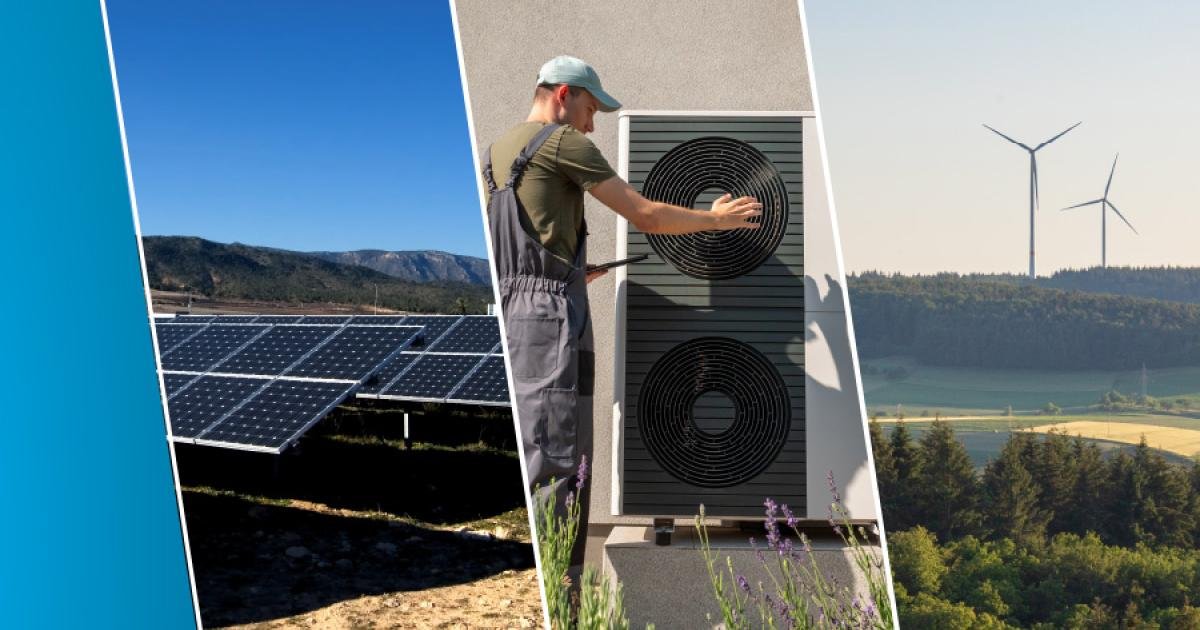In 2015, the European Union (EU) launched an energy union strategy aimed at fundamentally restructuring its energy system. This initiative focuses on creating a resilient energy network with robust climate policies that ensure secure, sustainable, and affordable energy access for all Europeans. While there has been significant progress over the past decade, key challenges remain.
The European Green Deal established a legally binding goal for the EU to achieve climate neutrality by 2050, which entails reducing greenhouse gas (GHG) emissions to net zero. A critical target in this effort is to cut net emissions by 55% by 2030 compared to 1990 levels. As geopolitical tensions escalate and competition for advanced technologies intensifies, completing the energy union has become increasingly urgent. This initiative is vital for meeting the EU’s climate objectives and bolstering its economic resilience and industrial competitiveness.
The completion of the energy union involves several key actions, including: – **Integrating European energy markets:** This requires developing modern energy infrastructure that facilitates cross-border energy flow. – **Harmonizing regulatory frameworks:** Coordinating regulations across member states will support investment and enhance system efficiency. – **Expanding renewable energy:** Accelerating the deployment of renewable energy sources and improving energy efficiency are essential. The recently introduced Action Plan for Affordable Energy aims to support these efforts.
Natural gas markets still play a role in the energy transition. To ensure their effectiveness, the EU needs to increase market transparency, establish clearer regulations, and improve coordination.
To further expedite the energy union’s completion, a new Energy Union Task Force was established on June 16, 2025. This group, consisting of high-level representatives from the European Commission, EU member states, and EU institutions, will focus on finding solutions and driving political momentum to achieve the goals set out a decade ago. The task force will specifically address obstacles that hinder the finalization of the energy union.
**National Energy and Climate Plans (NECPs)** Effective planning and monitoring at both the EU and national levels are crucial for advancing the energy union project. To streamline national monitoring, the European Commission implemented a framework in 2018 under the ‘Governance Regulation.’ This framework helps EU countries execute the energy union strategy and meet the 2030 targets. Each member state is required to outline its approach to achieving these targets through NECPs.
EU countries updated their NECPs last year to align with the new 2030 targets established by the European Green Deal. The Commission’s latest assessment indicates that EU countries have significantly improved their plans, reflecting recommendations made in December 2023. The combined impact of these updated plans suggests that the EU is progressing towards its collective goals of a 55% reduction in GHG emissions and achieving at least a 42.5% share of renewable energy by 2030. Nonetheless, noteworthy gaps still exist that the Commission seeks to rectify.
The recent energy crisis, exacerbated by Russia’s invasion of Ukraine, has intensified the political imperative to reduce the EU’s reliance on Russian fossil fuel imports. The Draghi Report emphasizes the need to lower energy costs to enhance competitiveness. Completing the energy union, as identified in 2015, is a crucial step in achieving these objectives.
**Annual State of the Energy Union Report** Since the launch of the energy union strategy, the Commission has issued an annual report assessing the EU’s progress towards its objectives. The upcoming 2025 report, scheduled for release in September, will provide an updated evaluation of achievements and ongoing challenges within the energy union framework.



